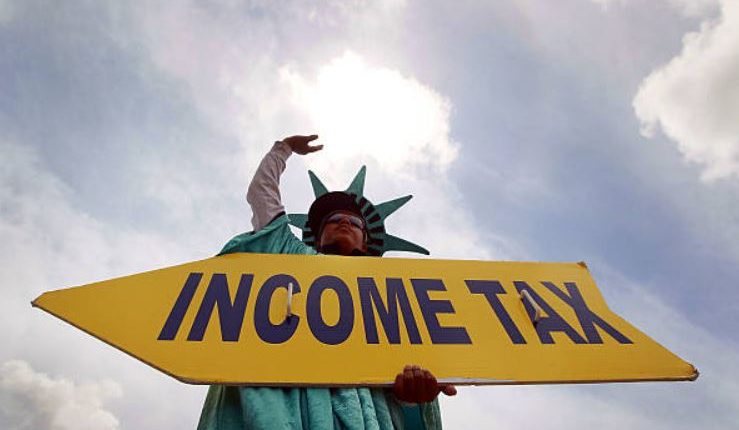
With the national debt soaring beyond $34 trillion, liberal politicians face a formidable challenge in persuading Americans, wary of the repercussions of excessive government spending, to support further budget expansions.
In the face of heightened inflation and interest rates, politicians, including President Biden, have adopted a strategic approach—labeling new spending initiatives as “tax cuts.”
The Tax Credit Disguise
This rhetorical maneuver is particularly evident in the discourse surrounding tax credits, a growing category of federal benefits administered by the IRS.
Tax credits, often touted as “tax cuts,” have become a cornerstone of political communication.
A prime example is the 2021 expansion of the child tax credit (CTC), where the president referred to it as a “tax cut” numerous times. However, the reality often diverges from the rhetoric, especially when dealing with “refundable” tax credits.
Refundable credits, in Washington doublespeak, are essentially benefit checks from the IRS that surpass the federal income taxes paid.
This departure from the traditional concept of a refund transforms these credits into a form of direct benefit or welfare checks.
The child tax credit expansion in 2021, for instance, extended benefits even to nonworking individuals who didn’t owe taxes, further blurring the lines between tax relief and benefit spending.
Even before the pandemic, tax credits were experiencing remarkable growth, evolving into one of the fastest-growing government benefits.
According to a Tax Foundation analysis covering the period from 1990 to 2020, the value of tax credits increased nearly tenfold, adjusted for inflation. During these decades, 60% of all tax credits were refundable, emphasizing the tilt towards benefits over tax relief.
Notable examples, like the Earned Income Tax Credit (EITC), have provided substantial benefits compared to tax relief, with the EITC delivering $1.6 trillion in benefits since the 1970s.
The pandemic further inflated tax credits to unprecedented levels. Stimulus checks, fully refundable tax credits, provided a substantial $11,400 to a typical family of four, costing taxpayers a staggering $859 billion.
The 2021 American Rescue Plan Act expanded credits like the CTC, EITC, and health insurance premium tax credits, with a significant portion constituting additional benefit spending, not tax relief.
The subsequent 2022 Inflation Reduction Act extended and expanded various energy tax credits, adding to the burgeoning tax credit landscape.
A thorough examination of legislation introduced in the current Congress reveals over 150 bills proposing the creation or expansion of tax credits covering a myriad of areas.
These proposals span from supporting specific professions and businesses to encouraging green spending initiatives. The nonpartisan Joint Committee on Taxation aptly notes that these “tax expenditures” bear a striking resemblance to direct spending programs functioning as entitlements.
Read more: House Republicans Raise Concerns, Accuse Biden Administration Of Concealing Migrant Challenges
Tax Cuts or Benefit Spending?

While tax credits have historically played a role in American social policy by incentivizing work over welfare, the current trend raises concerns about their true nature.
The strategic use of the term “tax cuts” to disguise benefit spending may address apprehensions about program spending but does not alleviate the financial burden on taxpayers.
As Congress contemplates an array of new tax credits, the delicate balancing act between rhetoric and reality remains a critical aspect of the evolving landscape of federal spending.
Read more: Job Cuts Hit Amazon Entertainment Divisions: Twitch, MGM, And Prime Video Impacted

